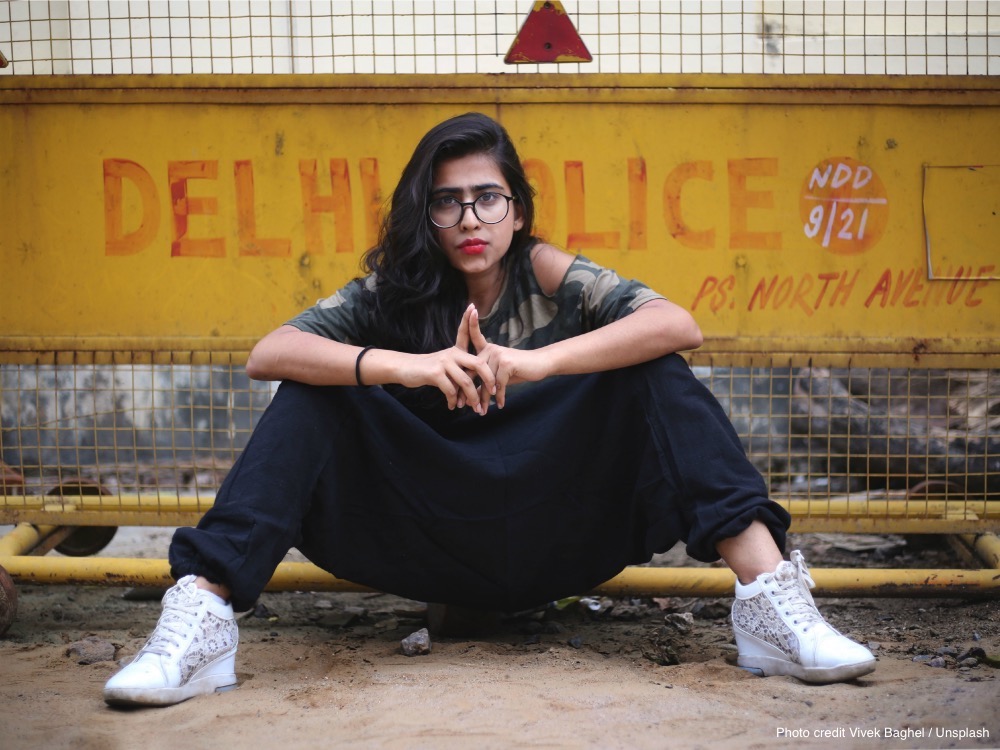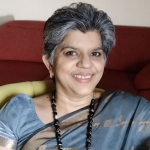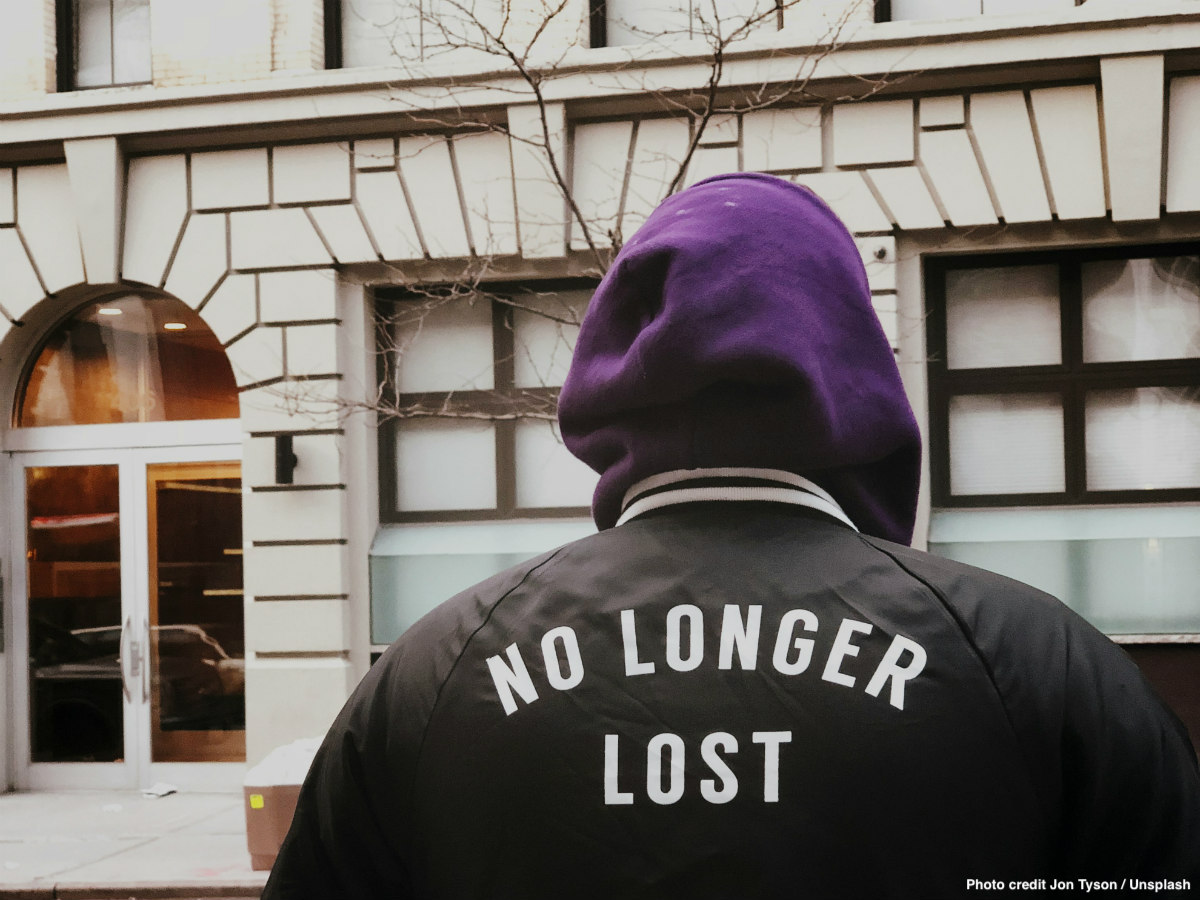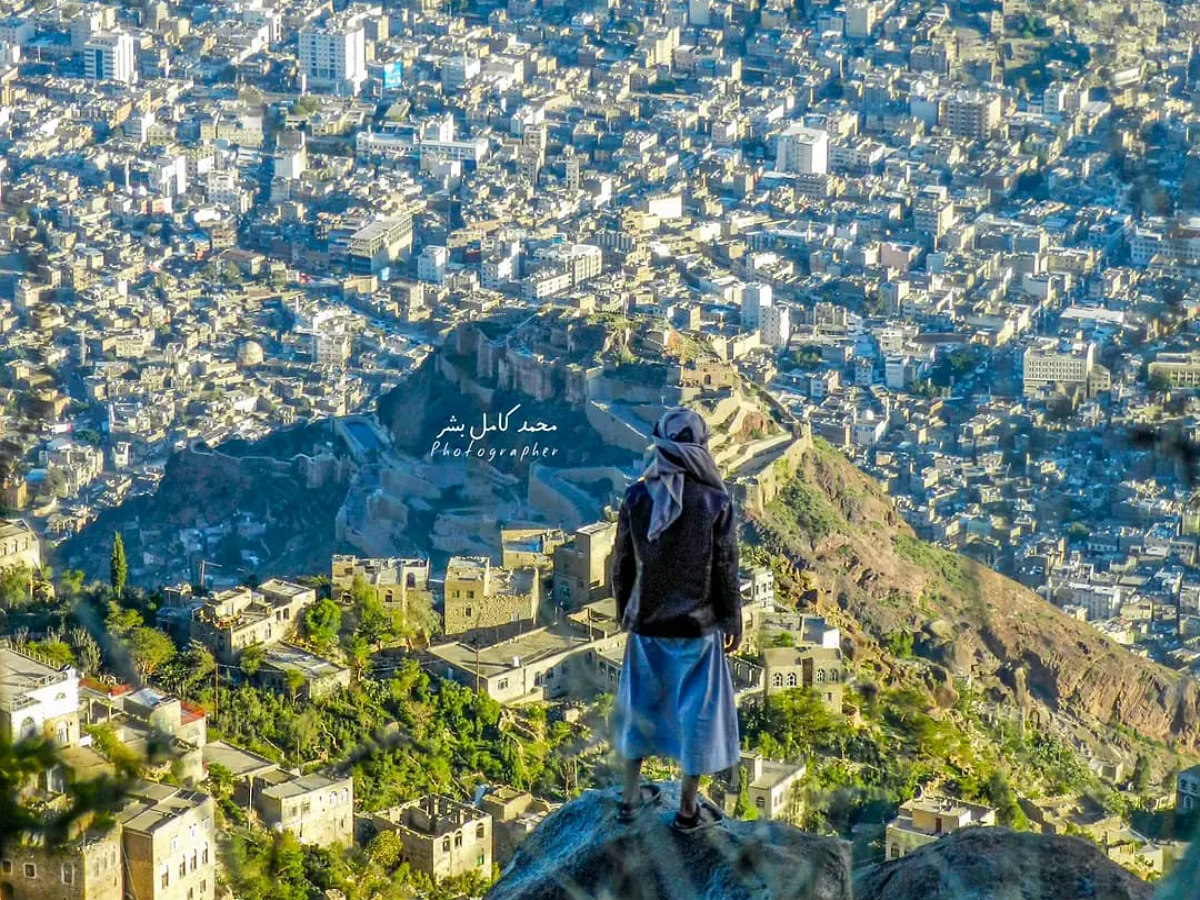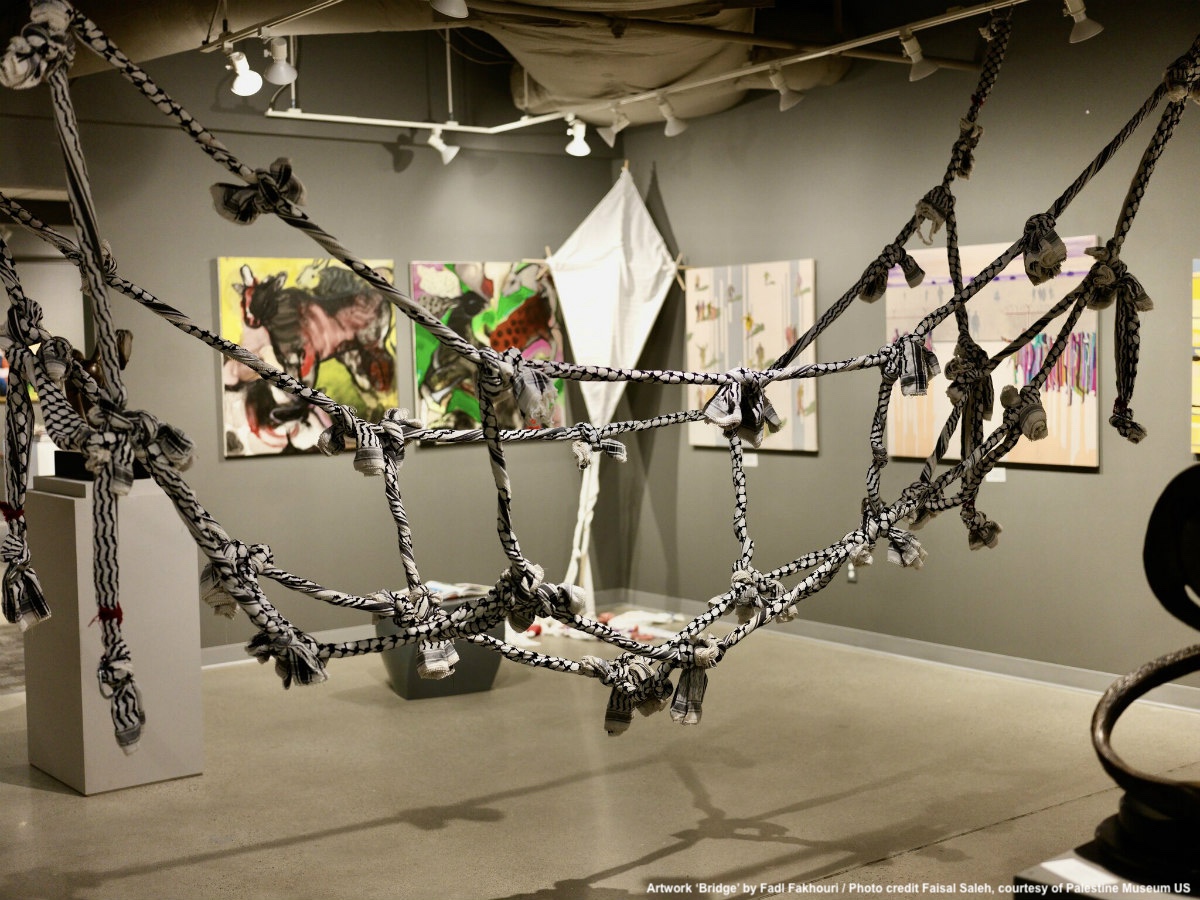There is increasing concern about women’s safety in cities over the past few years. The fear of violence in public spaces affects the everyday lives of women as it restricts their movement and freedom to exert their right as citizens of the city – freedom to move, study, work, and leisure. I have co-founded an app called Safetipin, which empowers women to collect data for their own safety. This data can be used to build gender inclusive and to create safe public spaces for women.
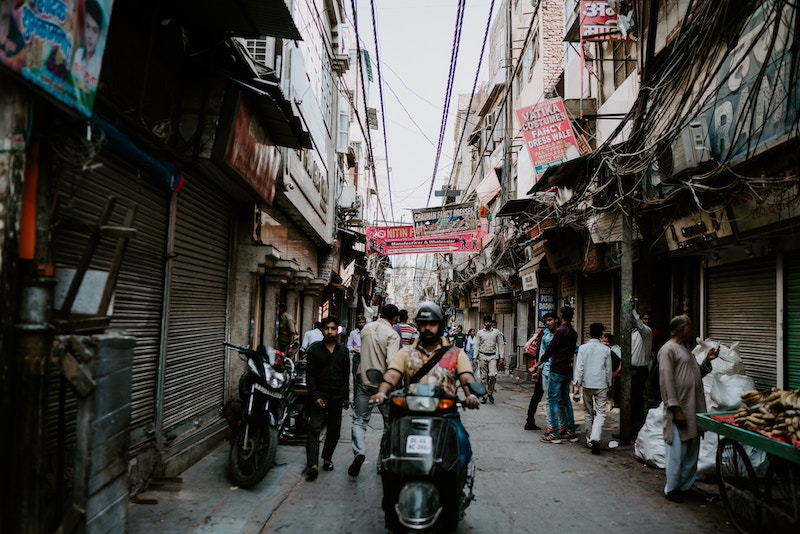
While violence and fear may have impact on the whole population, marginalized groups as well as women are much more vulnerable. Women face the fear of sexual violence as a constant threat to their ability to move around, to work and their general wellbeing. In December 2012, Delhi experienced a terrible gang rape and eventual death of a young woman which mobilised the entire nation to spill out onto the streets to protest. This case stirred the conscience of the entire country and led to new legislation, increased awareness and increased reporting of violence.
Bad city planning can impact women’s safety
Research has shown that many factors play a role in determining women’s access to the city including urban design and planning, community involvement, improved policing, usage of space etc.
Creating safety involves much more than just responding to violence. It is important to create the conditions by which women can move about safely and without fear of violence or assault.
Keeping this in mind, we developed the mobile app and online platform Safetipin in 2013 which collects information about public spaces through a safety audit that can be done by anyone, anywhere in the world. In that sense, it is a crowdsourced app and can be downloaded and used worlwide. Any user can do an audit or post their feeling at a particular place. This data is shared with other users of Safetipin and with key urban stakeholders such as planning departments and the police to provide inputs into improving safety conditions.
Users can agree to post, put up their own comments, and even post it on Facebook, Twitter and Google Plus. We hope that Safetipin will be used for connecting individuals with the community via free crowd sourcing.
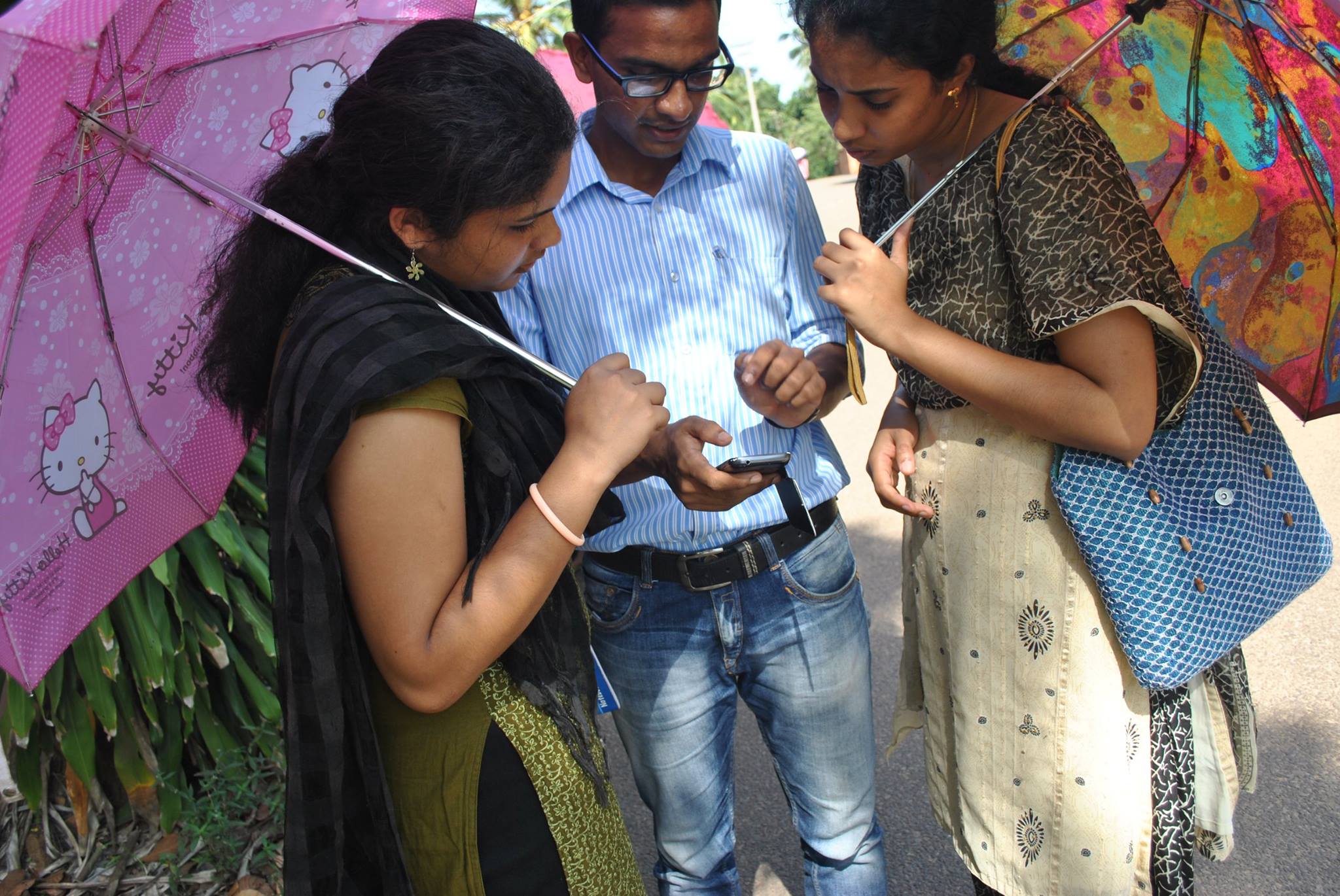
At the core of Safetipin is the safety audit that measures eight parameters on physical infrastructure and social usage of public spaces. These include lighting, openness, visibility or “eyes on the street”, presence of security, the state of the walk path, availability of public transport as well as the presence of people and specifically women, on the streets.
Each audit appears as a point on the map and is used to compute the Safety Score of an area. The app also has additional features such as showing nearby places as safest route and tracking. In addition to crowdsourced data, Safetipin also collects nighttime photographs of cities which are used to assess the parameters of safety audits. The nighttime pictures allow us to collect large-scale information for helping city stakeholders.
We began collecting data in Delhi in 2013 and now we have over 35000 safety audit points across the city which also provides longitudinal data of the way the city infrastructure has developed and in cases, deteriorated. The data collected was initially shared with the key stakeholders in the Delhi government. Apart from a report, key data points were shared where safety scores were low, and lighting was very poor.
Promoting women’s voices in policy and city planning decisions
The Delhi government at that time in 2016 constituted a multi urban stakeholder group comprising of different government departments who address lighting in the city. Our 2016 data pointed out over 7000 dark spots in the city. Over the period of a year, the lights at several of these dark spots were fixed. The Safetipin team visited several of the areas along with the engineers from the municipality to confirm that the lighting had been fixed and safety audits were done again to see the change. The Delhi Police have also been working with our data on unsafe areas in the city to determine the patrolling of their police vans.
In 2018, the Delhi government approached Safetipin to do another round of mapping the entire city again to measure not only lighting, but also to focus on specific public spaces such as parks, public toilets, markets, tourist sites and others with data and recommendations on how to make it safer and more inclusive, mainly to encourage people, especially women, to use it even after it turns dark. This was an important landmark for us as the city government now recognised the value of our data and its use in a gender-inclusive city planning. We really feel that we are giving women their right back to safe public spaces.
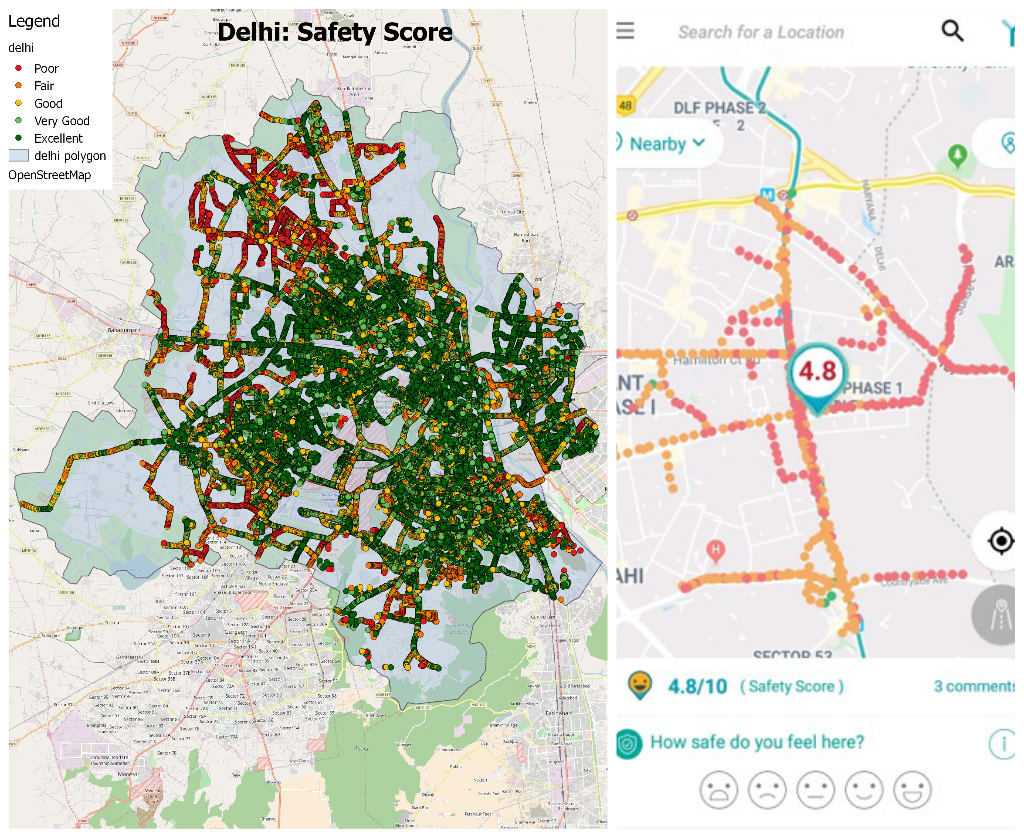
In the second round of mapping in 2018/2019, we actually found that the dark spots had reduced to less than 3000. The government is now keen on talking to women in these areas to see if it has had an impact on their mobility and access to opportunities.
These are significant impacts of the usage of the data, which can be replicated in cities around the world. With the SDG 11 on building safe and inclusive public spaces, Safetipin is an inexpensive and easy to use technology to not only build safer cities, but as a platform for citizen engagement on creating safer and more inclusive public spaces. In addition, Safetipin is an easy way to measure impact as safety audits can be conducted post intervention to measure change in the Safety Score and women’s feeling of safety. We have worked with city and municipal governments in several cities in India and globally including Bogota, Hanoi, Manila and Nairobi among others.
The right of women to safe public spaces
Safetipin’s mission is to build a world where everyone can move around without fear, specially women. Through this we challenge narratives that seek to restrict women’s access and opportunities due to lack of safety.
Women don’t need protection, but rather need to be empowered as equal citizens to move freely in the city.
If they are unable to access the same opportunities due to fear and violence, then they are not equal.
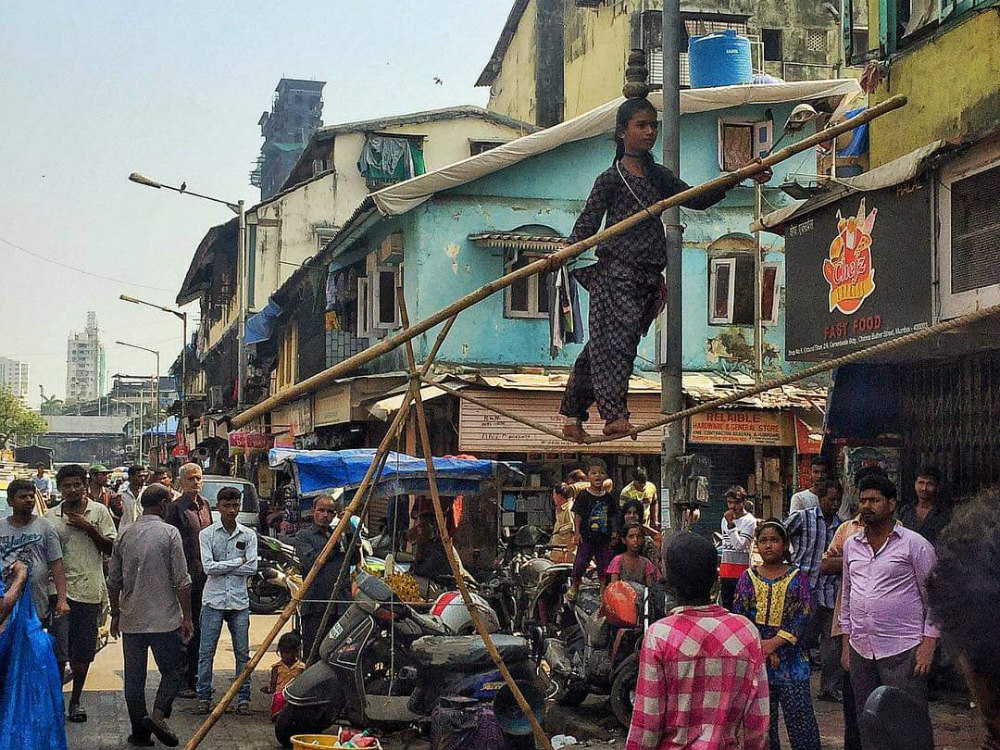
In the same vein we believe that a security based model will not impact women’s mobility enough. Thus, installing for example more and more CCTV cameras around the city does not necessarily make women (or anyone) feel safer. Prevention is equally if not more important as response mechanisms. The challenge is to create safe public spaces for women which are informed by women, their experiences and inputs. Safetipin makes that possible.
In cities where violence on the streets have increased, citizens are more willing to share data for their own safety. Women have the power to help other women and support each other in the city. Their feelings of insecurity at particular places can no longer be ignored. They just need the right tools to come forward.
This week Caroline Criado Perez has won the 2019 Financial Times and McKinsey Business Book of the Year Award for Invisible Women, a book about the big female data gap ignored in areas such as urban planning leading to biased decisions.
In New Dehli women’s needs and demands are starting to be heard by city authorities. Their call for action by means of data is compelling.
